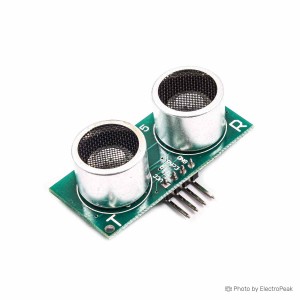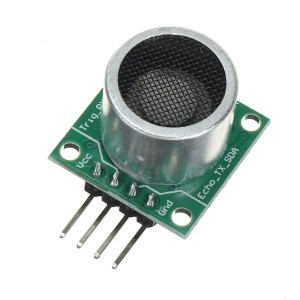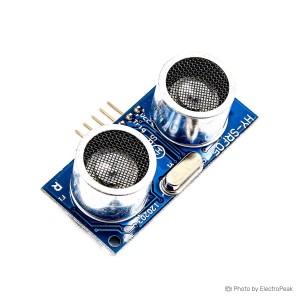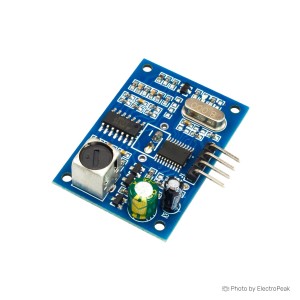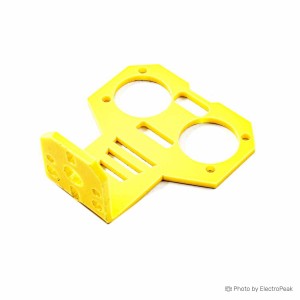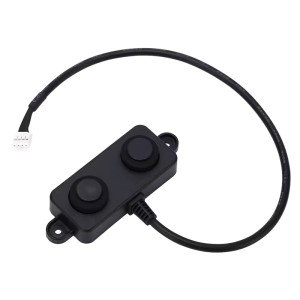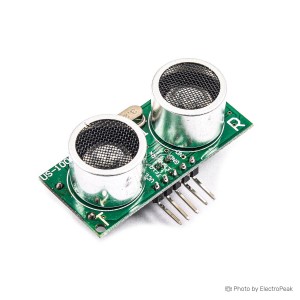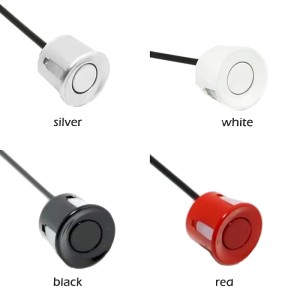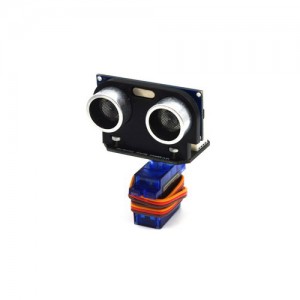Ultrasonic sensors can easily be integrated with the Arduino IDE, allowing users to program and control these sensors for a wide range of applications. The Arduino platform provides a user-friendly interface for incorporating ultrasonic sensors into projects, making it accessible to both beginners and experienced developers.
Ultrasonic
Ultrasonic Sensors
Ultrasonic sensors are devices that use sound waves beyond the range of human hearing to detect and measure distances to objects. They emit ultrasonic waves and measure the time it takes for the waves to bounce back after hitting an object. This information is then used to calculate the distance between the sensor and the object, making ultrasonic sensors valuable for applications like obstacle detection, automation, and robotics.
Price of Ultrasonic Sensors
The cost of ultrasonic sensors varies based on factors like brand, range, and additional features. While basic models are budget-friendly, advanced sensors with extended range or specialized capabilities may come at a higher price. It's essential to consider the specific requirements of your project when evaluating the price and features of ultrasonic sensors.
Tips for Buying Ultrasonic Sensors
When purchasing ultrasonic sensors, consider factors such as the required range, accuracy, and environmental conditions. Choose a sensor with a range suitable for your application, ensuring it can operate effectively in your intended environment. Additionally, check for features like adjustable sensitivity and compatibility with your microcontroller or system.
Most Famous Ultrasonic Sensors Modules
Ultrasonic sensors come in various models, each designed to meet specific needs in distance measurement and object detection. Here are some notable models:
- HC-SR04 Ultrasonic Sensor: Widely used for its accuracy and affordability, the HC-SR04 is a popular choice for distance measurement in robotics and automation projects.
- HY-SRF05 Ultrasonic Sensor: Similar to the HC-SR04, the HY-SRF05 offers compatibility with various microcontrollers and is commonly used for obstacle avoidance in robotics.
- JSN-SR04T Waterproof Ultrasonic Sensor: With a sealed design, this sensor is suitable for applications in wet or underwater environments, providing reliable performance in challenging conditions.
- JSN-SR04T-2.0 Ultrasonic Sensor: An upgraded version with improved waterproofing, making it suitable for outdoor projects exposed to the elements.
- JSN-SR04T-4.0 Ultrasonic Sensor: An upgraded version with enhanced performance and reliability, offering improved accuracy in distance measurements.
- MB1242 I2CXL-MaxSonar-EZ4: Known for its long-range capabilities, the MB1242 is ideal for applications requiring extended detection distances.
- LV-MaxSonar-EZ1 Ultrasonic Sensor: Featuring a narrow detection beam, this sensor is suitable for applications where precise and focused distance measurements are crucial.
- Seeedstudio Grove Ultrasonic Ranger: Designed for easy integration with the Seeedstudio Grove system, this sensor provides a plug-and-play solution for distance sensing.
Can I use ultrasonic sensors with Arduino IDE?
How Can Ultrasonic Sensors Be Powered?
Ultrasonic sensors typically operate on a low voltage, commonly around 5V. They can be powered using a variety of sources, including batteries, external power supplies, or directly from a microcontroller. Pay attention to the sensor's power requirements and ensure that your chosen power source meets those specifications.
What is the typical range of Ultrasonic Sensors?
Ultrasonic Sensors can have a range varying from a few centimeters to several meters, depending on the model and application.
Can Ultrasonic Sensors work in outdoor environments?
Yes, there are waterproof and weather-resistant Ultrasonic Sensors designed for outdoor use.
Can Ultrasonic Sensors detect multiple objects simultaneously?
Most Ultrasonic Sensors are designed to detect the nearest object in their detection range. Advanced models may offer multi-object detection features.
What is the difference between analog and digital Ultrasonic Sensors?
Analog Ultrasonic Sensors provide a continuous voltage output proportional to distance, while digital sensors offer a discrete signal indicating the presence of an object.

